Step back in time to Renaissance Italy, a period marked by cultural and societal transformations. As you navigate through this historical landscape, you’ll uncover life in the 1500s, revealing striking parallels and contrasts with your own contemporary experiences. This journey will offer insights into how the past has shaped present-day norms and values.
Renaissance Italy in the 1500s
During the Italian Renaissance, a wave of cultural rebirth swept across Italy, marking a departure from medieval traditions and igniting a renewed interest in classical antiquity. The era was characterized by significant advancements in art, literature, science, and philosophy. Socially, power rested firmly with the nobility and was heavily influenced by the Catholic Church. The economy thrived on trade, with guilds controlling commerce and crafts. Jacob Burckhardt’s “The Civilization of the Renaissance in Italy” provides a look at these social class distinctions and their implications for daily life.
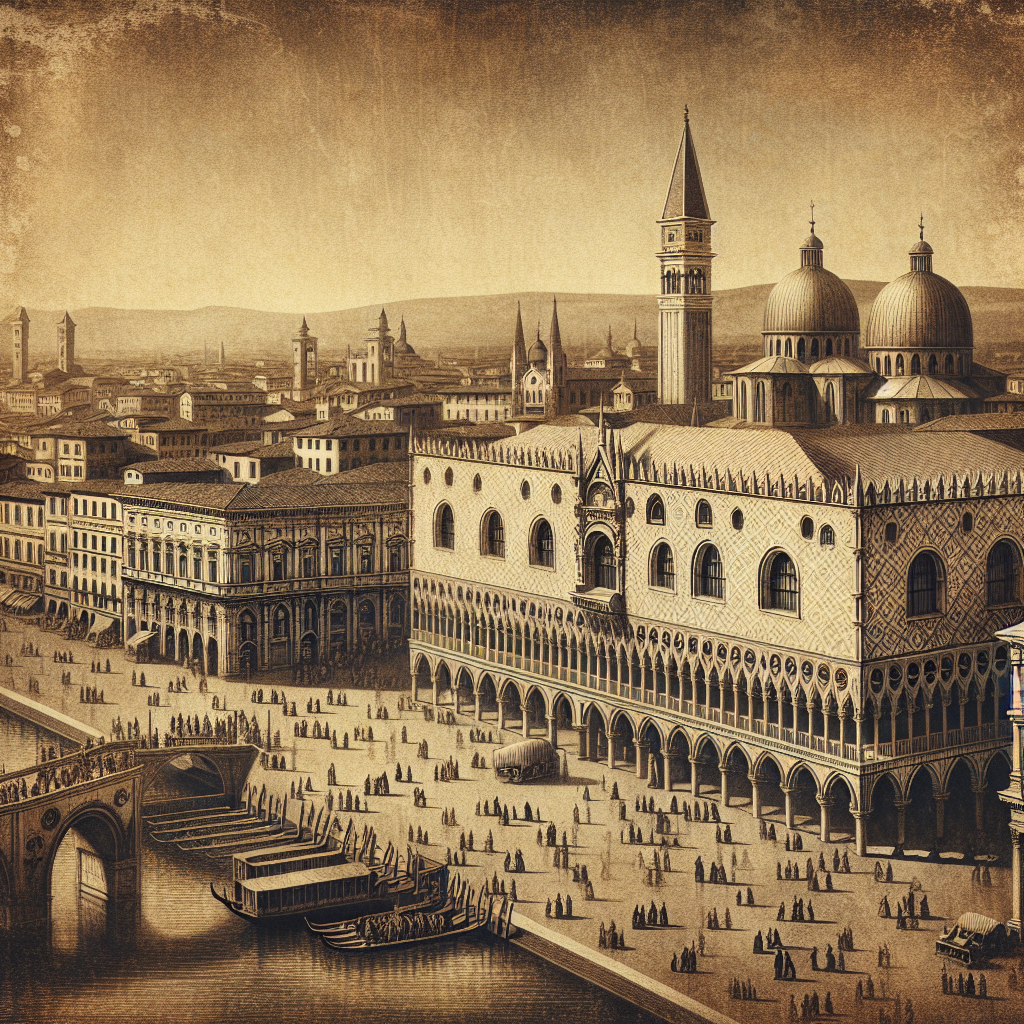

Navigating Familial Ties and Marital Alliances
As you explore historical marriage practices, you’ll find that love often took a backseat to strategic alliances designed to consolidate family power. Marriages among nobility were less about personal choice and more about fulfilling familial obligations. The importance of these alliances is evident in preserved letters, marriage contracts, and portraits from that era. Joanne M. Ferraro’s “Marriage Wars in Late Renaissance Venice” offers detailed insights into how marriages were used as tools for social advancement.
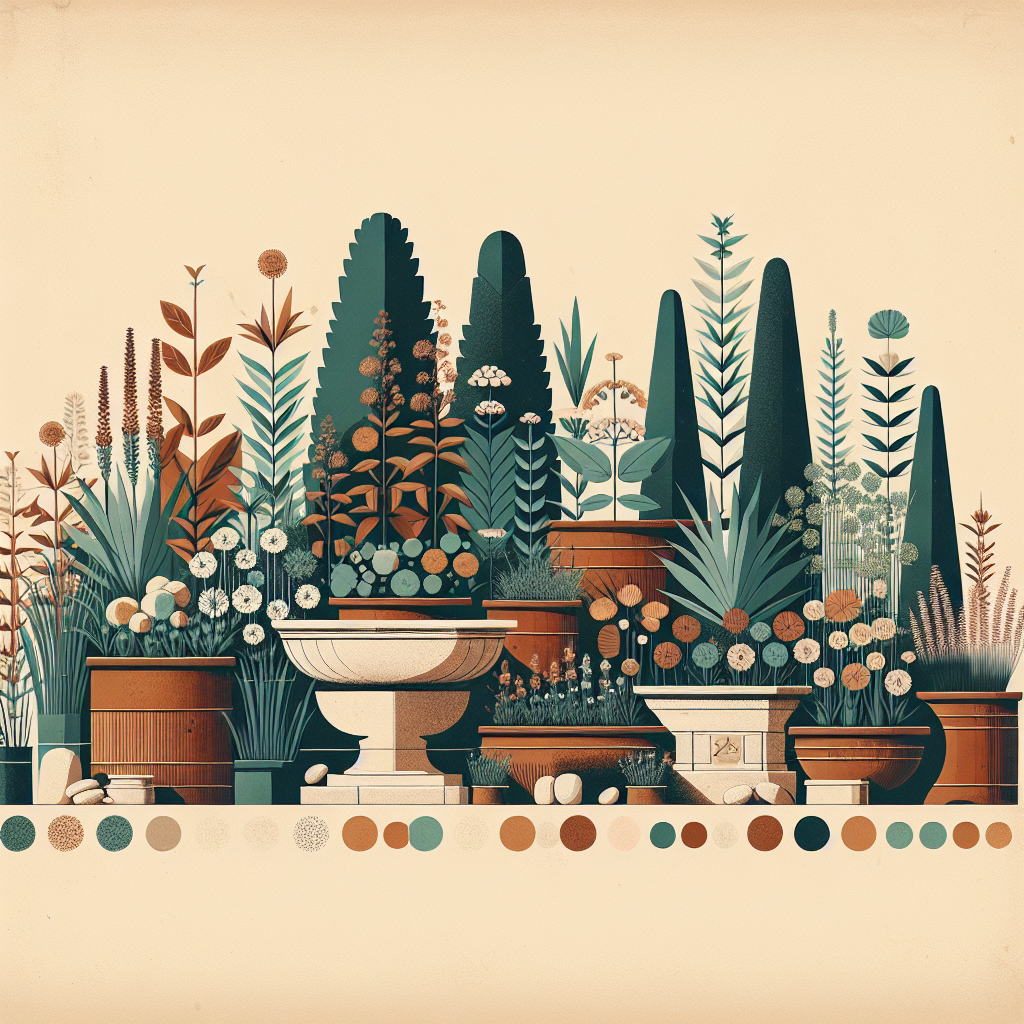
Reputation and Honor
In Renaissance society, honor was paramount; maintaining it could mean engaging in duels—a far cry from today’s emphasis on nonviolent reputation management. These confrontations were part of everyday life as people sought to uphold their social standing through adherence to codes of conduct documented by writers like Baldassare Castiglione in “The Book of the Courtier.” This work outlines behaviors considered ideal for preserving one’s reputation within society.
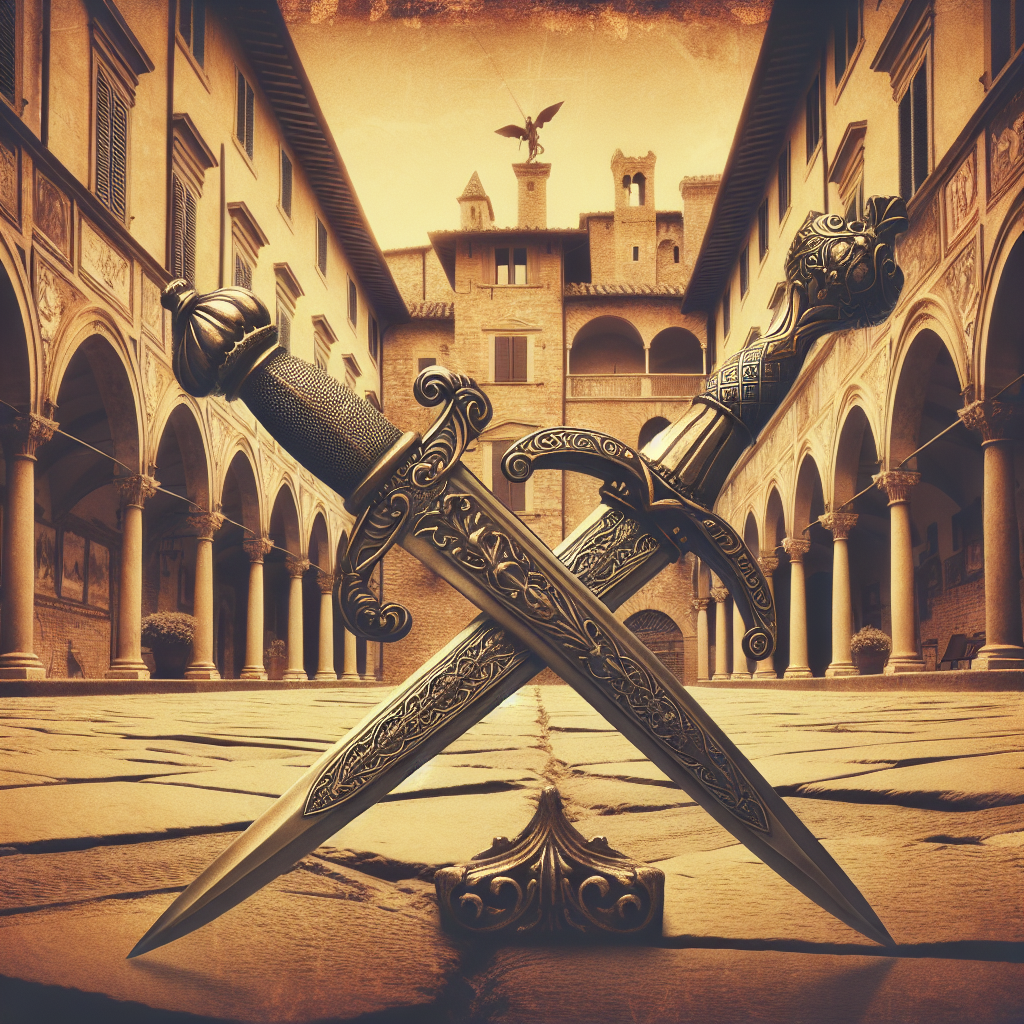

Health and Sanitation
Encountering public health practices from this time might shock you due to their rudimentary nature compared to today’s standards. Poor sanitation led to frequent disease outbreaks, prompting measures like quarantines during epidemics—a concept still relevant today but underpinned by advanced medical knowledge. Peter Murray Jones’ “Health and Healing from the Medieval Garden” sheds light on healthcare practices during this time when botanical remedies were common treatments.
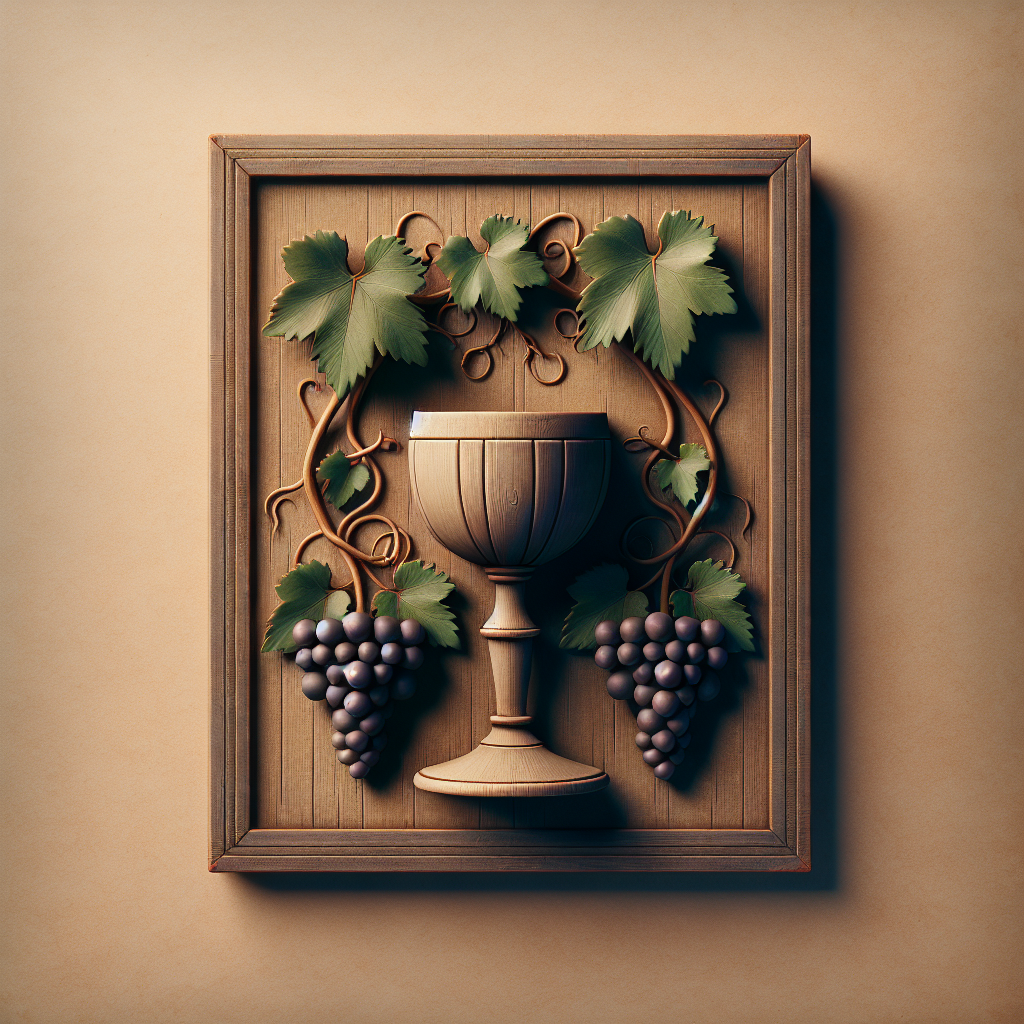

Marriage Shaped by Economic Status
You might recognize similarities between then and now regarding economic considerations influencing marriage choices—social status played a significant role in match-making decisions then just as it does today. Preserved marriage contracts reveal how unions were often less about romantic love than strategic positioning within society.
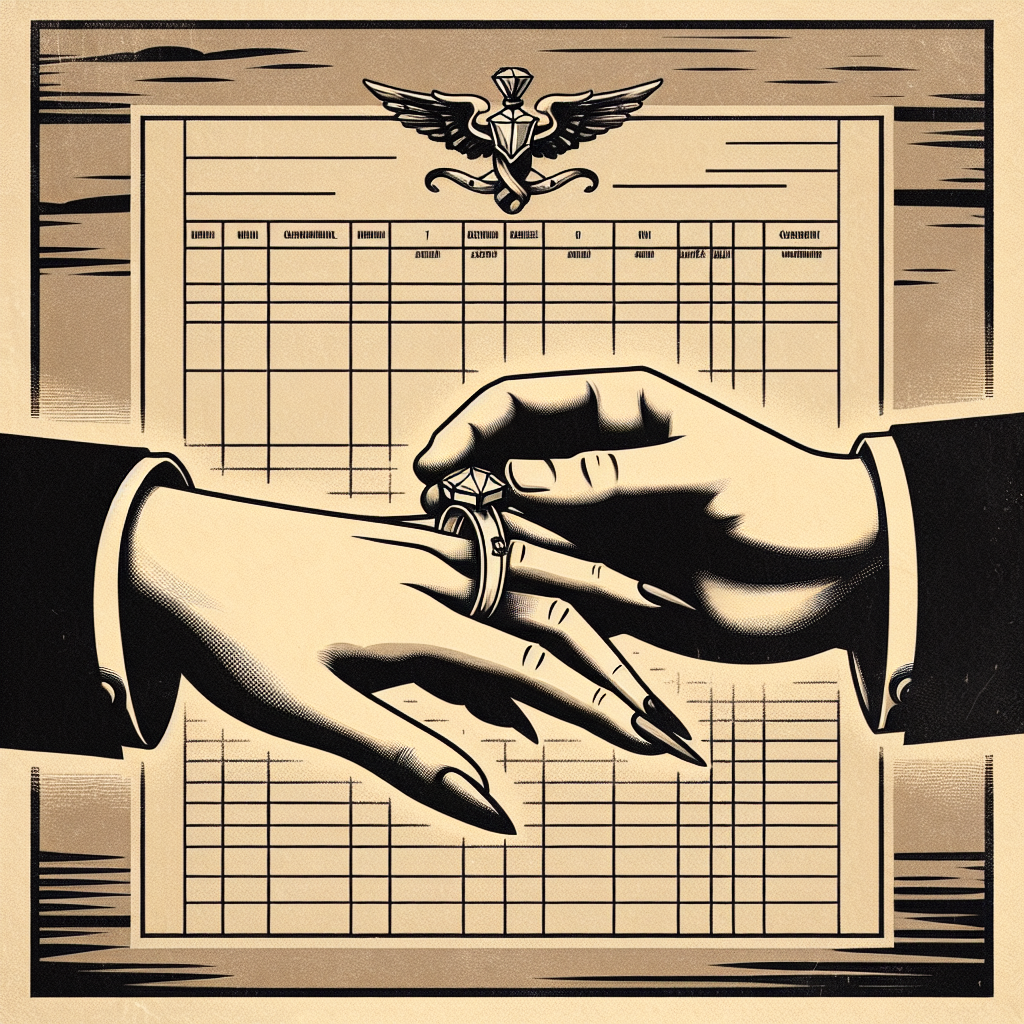

Your virtual tour through Renaissance Italy bridges centuries-old experiences with those familiar today—marriage dynamics shaped by socio-economic factors or managing personal reputations are themes that resonate across time periods despite differing contexts or customs involved. Understanding historical societies enriches your appreciation for contemporary life while highlighting enduring human behaviors.
References:
- Burckhardt, Jacob (1860). “The Civilization of the Renaissance in Italy”.
- Ferraro, Joanne M. (2001). “Marriage Wars in Late Renaissance Venice”.
- Castiglione, Baldassare (1528). “The Book of the Courtier”.
- Jones, Peter Murray (2008). “Health and Healing from the Medieval Garden”.

